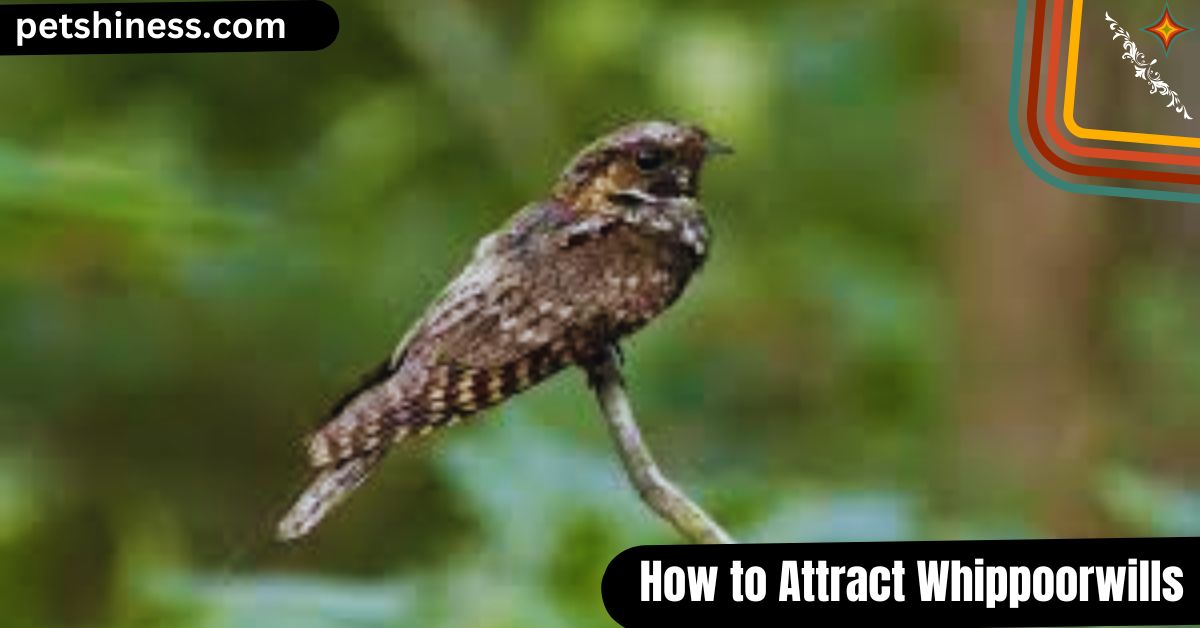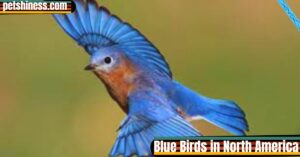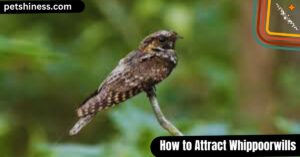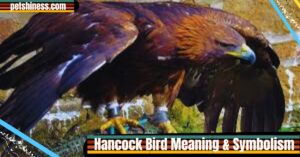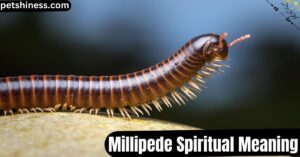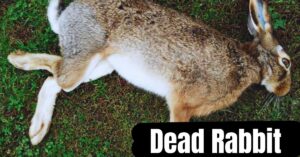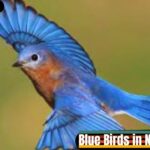Whippoorwills are nocturnal birds known for their haunting calls. These birds are a favorite for nature and bird enthusiasts. Attracting Whippoorwills to your outdoor space can be an exciting experience. Understanding their habits and preferences is key. With the right approach, you can bring these fascinating birds to your backyard.
To attract Whippoorwills, create a habitat that suits their needs. These nocturnal birds prefer dark, quiet areas. Plant shrubs and trees for cover and food. Their diet includes insects like moths and beetles. You can also help by providing a natural food source. Their mating habits are unique, and they often sing their distinctive song at night.
By setting up a suitable Whippoorwill habitat, you’ll encourage them to visit regularly. Whippoorwill calls can be heard throughout the evening, making them a delight for birdwatching fans. Ensure the area is safe and undisturbed for these beautiful birds.
Proven Ways to Attract Whippoorwills
Attracting Whippoorwills involves creating a suitable environment that matches their natural habitat and caters to their diet and nesting needs. Here are some proven methods:
- Provide food sources: Plant moth-attracting flowers and insects like moths, beetles, and other nighttime insects that Whippoorwills feed on.
- Create vegetation: Grow native trees and plants that offer cover and help mimic their natural vegetation.
- Ensure proper lighting conditions: Whippoorwills are nocturnal, so limit bright lights in your outdoor space to attract them during the night.
- Provide nesting opportunities: Create safe ground spaces with low vegetation, offering nesting opportunities for ground-nesting birds.
- Protection from predators: Minimize the presence of predators in the area to make it safer for the birds.
- Recreate natural habitat: Focus on creating a nocturnal wildlife habitat that supports bird nesting habits and promotes an insect-friendly landscape.
Physical Characteristics and Size of Whippoorwills
Whippoorwills are medium-sized birds. They are typically 8–10 inches (25–27 cm) in length. These birds have gray-brown plumage, which helps with camouflage.
Their flat head and large eyes give them excellent night vision. Whippoorwills also have short bills and large mouths to catch insects.
Males and females are similar in size. The stripe on their throat and the white coloration on their outermost tail feathers help identify them.
The birds’ plumage characteristics include gray-brown feathers, which help them blend into their surroundings.
Where Do Whippoorwills Live? Their Natural Habitat
Whippoorwills are found in North America, including southern Canada, Florida, and Texas. They live in sunlight-shielded areas like woodlands, forests, and dense undergrowth. These areas provide the perfect environment for them.
Whippoorwills prefer open fields and dry woods where they can find plenty of prey, such as moths and beetles. They avoid places with too many predators, preferring bird-friendly ecosystems with a safe habitat.
What Do Whippoorwills Eat?
Whippoorwills are insect hunters. They eat nocturnal insects like moths, beetles, crickets, flies, ants, wasps, and mosquitos. These birds hunt from dusk till dawn. Their diet helps with natural pest control, making them beneficial for gardeners. They play an important role in reducing garden pests.
Mating, Nesting, Eggs & Hatchlings Of Whippoorwills
| Category | Details |
| Species | Whippoorwills |
| Breeding Frequency | Twice a year |
| Breeding Season | Summer months (May, June) |
| Mating Season | Males establish territories and call for females |
| Habitat | Dense woodlands, trees, bushes, leaf litter, fallen branches |
| Nesting Site | On the ground in dense vegetation |
| Eggs | Typically a clutch of eggs |
| Incubation Period | 19 days to 3 weeks |
| Parental Care | Both parents share incubation and feed the young |
| Feeding Young | Parents regurgitate insects to feed the young |
| Hatching | After 19 days, eggs hatch |
| Fledging | Young leave the nest after 7 days to 2 weeks |
| Food for Young | Insects such as moths, beetles, and crickets |
What Are Predators of Whippoorwills?
Whippoorwills have several predators. These include owls, hawks, red foxes, skunks, and raccoons. They are especially vulnerable during the nesting season when they are on the ground.
Whippoorwills rely on their camouflage to stay hidden from natural enemies. They hide during daytime hours to avoid these avian predators and other wildlife threats. Their survival strategies include staying still and blending into their surroundings.
How To Attract Whippoorwills? 7 Proven Ways
Provide the Food Whippoorwills Love
To attract Whippoorwills, create a yard with rich insect life. Plant insect-attracting flowers like shrubs and moths, beetles, flies, and grasshoppers will visit these plants.
Provide birdbaths and small ponds in the yard. These spots give Whippoorwills places to drink and bathe during the evening heat. This helps create a Whippoorwill-friendly environment and supports their needs.
Plants the Flowers That Release Scen
Planting flowers with strong scents can attract moths, which are a food source for Whippoorwills. Flowers like:
- Honeysuckle
- Evening primrose
- Petunia
These flowers release scents that draw nocturnal insects.
Choose native plants like:
- Night phlox
- Regal lily
These plants help create a Whippoorwill-friendly yard and support local insects. They bloom in the evening, providing food for Whippoorwills and other nighttime pollinators.
Create A Suitable Habitat Mimic nature’s environment
To attract Whippoorwills, create a habitat that mimics their natural surroundings. Forested areas with clearings provide spaces for them to hunt at dusk and dawn.
Include dense vegetation and bushes in your yard. Add thick shrubs and leaf litter to offer cover and support their diet, which includes insects.
Ensure a predator-free environment with an abundance of food and minimal human disturbance. This helps create a safe habitat for Whippoorwills and supports their natural behaviors.
Make Your Yard Lighted
To attract Whippoorwills, use bright lights like white bulbs and mercury vapor lights in your yard. These lights attract moths, which are part of their diet.
Place lighting in open spaces near insect-attracting flowers. This creates an inviting environment for nocturnal visitors. The right outdoor lighting helps support Whippoorwills and other wildlife by bringing in insects, which are key for feeding.
Plant Trees in Your Yard to Attract Insects
Plant trees in your backyard to create shade and feeding areas for Whippoorwills. Choose native tree species that support a diverse insect population.
These trees provide food for flying insects, which are key to the Whippoorwill diet. The right native trees can help attract insects and create an insect-rich backyard. This will make your yard a Whippoorwill attraction and provide them with the insects they need.
Provide a nesting environment and opportunities
Create a nesting environment for Whippoorwills by adding leaf litter, fallen branches, and bushes in open areas. This supports their ground-nesting habits.
Make Your Yard Whippoorwills Predators Free
Creating a predator-free environment is important for the safety and well-being of Whippoorwills. Keep domestic pets like dogs and cats away from their nest sites.
Use deterrents such as bird netting or mesh to protect nests from predators like coyotes and owls. This helps ensure a secure space for the Whippoorwills to thrive.
Taking these precautions will make your yard a safe place for these songsters. You can also enjoy their magical calls in a peaceful, nature-friendly setting.
FAQs
How to find a whippoorwill?
To find a Whippoorwill, look in wooded areas or clearings during the dusk or dawn. Listen for their distinctive haunting calls at night.
What does it mean when a whippoorwill visits you?
When a Whippoorwill visits you, it may symbolize peace, spiritual renewal, or a connection to nature. Its haunting call is often seen as a message of reflection.
Where are whippoorwills most common?
Whippoorwills are most common in wooded areas, forests, and clearings across North America, especially in southern Canada, Florida, and Texas. They prefer dense vegetation and open spaces.
What is the spiritual meaning of a whippoorwill?
The Whippoorwill symbolizes spiritual renewal, reflection, and inner peace. Its haunting call is often seen as a reminder to connect with nature and embrace change.
How do I catch my bird?
To catch a bird, use a humane bird trap with food as bait. Ensure the trap is placed in a safe, quiet area to avoid stress on the bird.
CONCLUSION
learning how to attract Whippoorwills to your yard is a rewarding experience. Start by creating a predator-free environment, providing food sources like insects, and offering suitable nesting sites. Whippoorwills are attracted to areas with dense vegetation, leaf litter, and open spaces where they can hunt for their favorite food. By planting insect-friendly flowers and setting up proper lighting, you can make your yard more inviting for these beautiful birds.
Moreover, make sure to reduce human disturbance and create a natural, safe habitat for Whippoorwills. With a little effort and the right environment, these nocturnal birds will feel comfortable visiting your yard. Enjoy their magical calls and the peaceful presence of these wonderful birds in your space.
Read Also :
Hancock Bird Meaning & Symbolism: Discover Its Secrets
12 Spiritual Meanings of a Bird Flying into Window
Exploring Tennessee’s Majestic Hawks: A Complete Guide

Jerry John ensures petshiness.com runs smoothly and securely. With a passion for tech and a focus on user experience, Jerry manages the site to deliver top-notch content and functionality.
